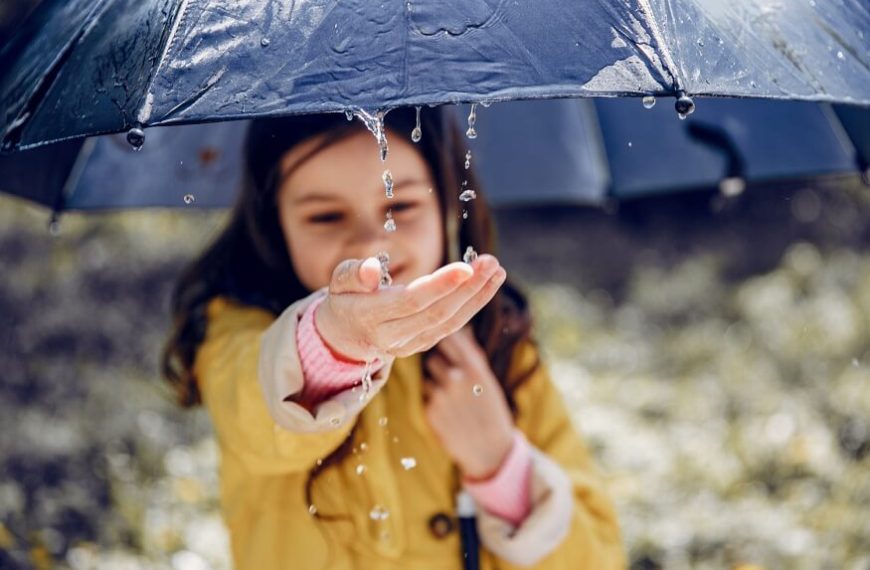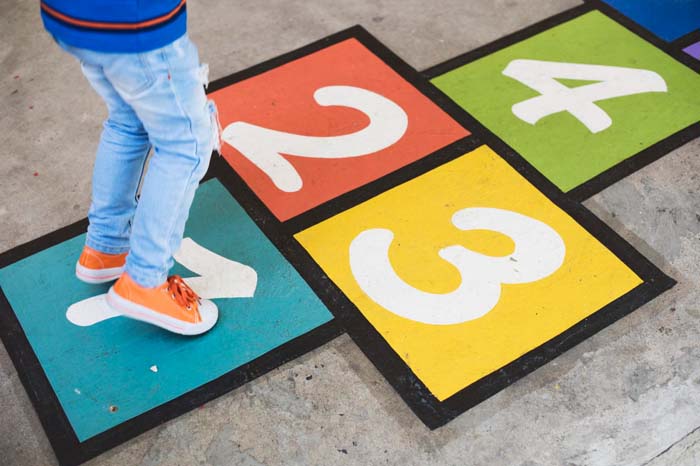Understanding the weather is a fundamental aspect of our everyday life, and what better way to introduce this concept to children than through engaging and educational activities? Today, we’ll delve into the exciting world of weather charts for kids, specifically tailored for toddlers. By creating a weather chart, you can help your little one learn about weather in a fun and interactive way. This blog will guide you through how to make a weather chart for kids and explore various weather activities and crafts that are perfect for toddlers.
Why Teach Weather to Toddlers?
Teaching toddlers about weather is a delightful way to spark their interest in the natural world. This early introduction helps them understand their immediate environment, laying a foundation for future scientific learning. Through weather-related activities, toddlers develop a rich vocabulary, learning terms like “rainy,” “sunny,” or “windy,” which enhances their language skills. Moreover, engaging with various weather conditions nurtures their observational skills, as they begin to notice how the world changes with the weather. This curiosity leads to valuable discussions about nature, seasons, and the importance of weather in our daily lives. By integrating fun and education, weather learning becomes an exciting adventure for young minds. Have fun making those weather crafts for kids!
Materials Needed:A large, sturdy poster board Vibrant coloured markers or non-toxic paints Assorted craft supplies including stickers, cotton balls, felt pieces, and glitter Velcro strips or small magnets for movable parts Laminator or clear adhesive paper (optional for durability)
How to Make a Weather Chart for Kids?
Here is a Step by step guide to make a weather chart:
- Choose Your Design:
- Decorate:
- Interactive Elements:
- Laminate for Durability:
Begin with a straightforward layout. The poster board can be divided into several sections, each depicting different weather scenarios like sunny, cloudy, rainy, windy, and snowy. Consider using a section for temperature too.
Encourage your toddler to participate in decorating. Use bright colours and various textures to differentiate each weather type. This process not only makes the chart visually appealing but also provides a sensory experience for your child.
Add elements like a movable sun, cloud, or raindrop. These can be made from felt or cardboard and attached with Velcro or magnets. This interaction promotes fine motor skills as your child learns to match the day’s weather with the chart.
To ensure the chart withstands regular use, consider laminating it or covering it with clear adhesive paper. This makes it easy to clean and re-use.
Engaging Weather Activities for Toddlers
Weather Storytelling: Utilise your weather chart as a backdrop for imaginative storytelling. Create tales about a sunny day adventure or a rainy day mystery, with characters experiencing and reacting to different weather conditions. This storytelling not only entertains but also embeds a deeper understanding of weather patterns and their effects. Ask your child to contribute to the story, perhaps deciding what happens next on a windy day or how animals might behave during a snowfall. This interactive storytelling enhances their creative thinking and comprehension skills.
Dress for the Weather Game: Turn learning about appropriate clothing for different weather into a playful game. Use dolls, action figures, or even dress up yourselves to match the weather depicted on your chart. On a sunny day, choose hats and sunglasses; for rainy days, pick out raincoats and boots. This game teaches practical life skills and helps toddlers understand the importance of dressing suitably for various weather conditions. It’s also a great opportunity for them to practise dressing skills and learn about different clothing items.
Weather Sounds: Engage your toddler in a fun and educational auditory experience by mimicking the sounds of different weather conditions—the pitter-patter of rain, the howling wind, or the gentle sound of snowflakes falling. Encourage your toddler to guess the weather based on the sounds you make. This activity is not only enjoyable, but also sharpens their listening and cognitive skills.
Cloud Watching: On a day with a good cloud cover, take some time to lie back with your toddler and gaze at the sky. Encourage them to use their imagination to identify shapes in the clouds. This peaceful activity stimulates imagination and can be a great way to introduce simple concepts related to cloud formation and weather patterns.
Incorporating Learning into Everyday Life
Your weather chart is more than just a craft project; it’s a dynamic educational tool. Regularly engage with your child to discuss the day’s weather, using the chart as a visual aid. Update the chart together, reflecting the current weather conditions. This daily routine not only reinforces their understanding of weather patterns but also teaches them about the cyclical and changeable nature of the environment. It’s a great opportunity for bonding and instils a habit of observation and discussion.
Tips for Making Weather Learning Fun
- Be Interactive:
- Use Simple Language:
- Encourage Questions:
- Be Consistent:
Encourage active participation in all weather-related activities. The more involved your toddler is, the more they’ll learn and enjoy the process.
Explain weather concepts in a language that is easy for toddlers to understand. Avoid complex meteorological terms, and use relatable examples to explain different weather types.
Create an open environment where your toddler feels comfortable to ask questions. Their curiosity can lead to deeper discussions and exploration about weather.
Regular interaction with the weather chart and related activities will solidify their understanding and interest. Consistency is key in reinforcing what they have learned.
Educating toddlers about weather is a wonderful blend of fun and learning. By crafting a weather chart and engaging in related activities, you provide a meaningful educational experience that also strengthens your bond with your child. Remember, the objective is to make learning a delightful and engaging journey for your little one.
For parents looking to further their toddler’s early education, EuroKids offers a range of preschool programs that focus on holistic learning. EuroKids is renowned for its innovative and child-centric approach to education, making it a perfect choice for young learners. To learn more, head over to the EuroKids centre nearest to your home today!














